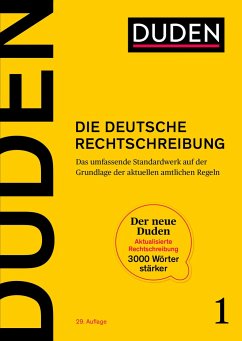Leider konnten wir zu deinem Suchbegriff
""John A. Pawloski""
keine passenden Ergebnisse finden.
""John A. Pawloski""
keine passenden Ergebnisse finden.
Suchtipps
Hier noch ein paar Tipps, die dir bei der Suche nach deinem Wunschprodukt helfen könnten:
- Du kannst in unserer Suche nach Produktnamen, Produktkategorien, nach Artikelnummern, nach Autoren und ISBN-Nummern suchen.
- Überprüfe, ob sich in deine Suche ein Tippfehler eingeschlichen hat.
- Kurze Suchbegriffe erhöhen die Trefferwahrscheinlichkeit (z.B. statt "Buchtitel und Autor" nur nach "Buchtitel" suchen).
- Verwende möglichst allgemeine Begriffe (z.B. "Häkeln" statt "Filethäkeln").
















































